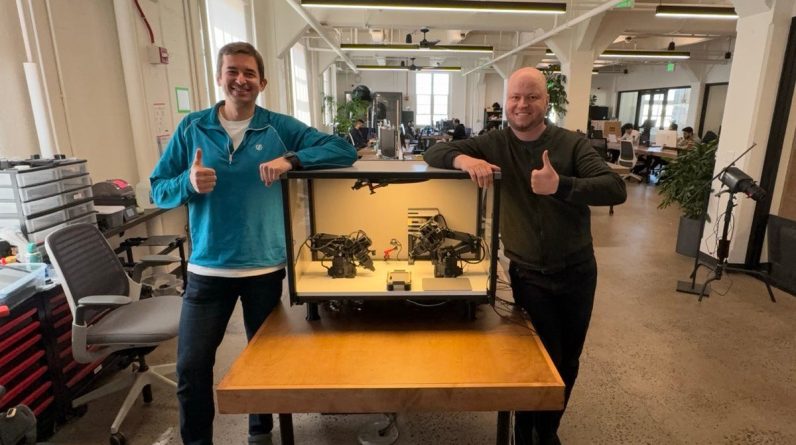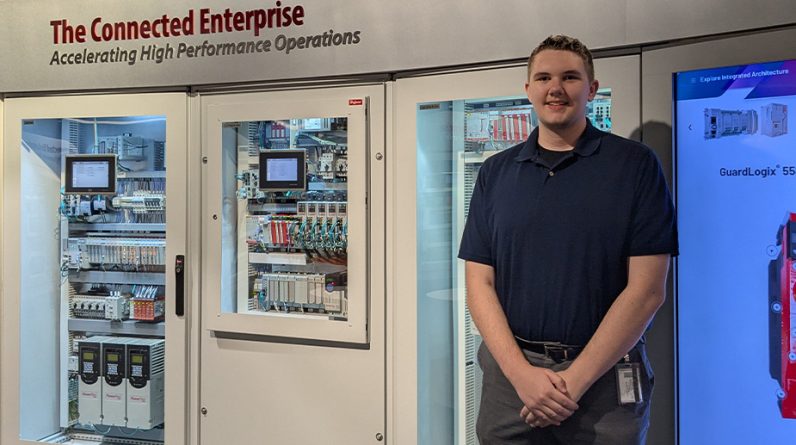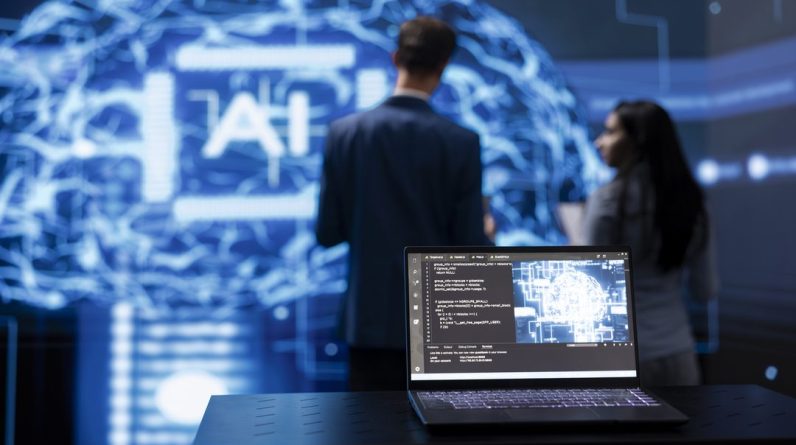
| Contributor
Repetitive manual labor has long been one of the toughest challenges in manufacturing. High employee turnover, constant retraining, and the difficulty of maintaining consistent quality create bottlenecks that affect businesses of every size. For many companies, these obstacles are the main reason why automation remains out of reach and why production often stays overseas rather than returning to local factories.
It was this reality that first confronted Igor Kulakov and Viktor Petrenko. With combined backgrounds in software and hardware engineering, they combined their shared frustrations (and skills) to form MicroFactory, a San Francisco-based robotics startup to solve the problems they once faced themselves. By combining AI with robotics engineering, the company is building systems designed to automate complex tasks once thought impossible for machines, with the goal of making U.S. manufacturing more efficient and adaptable.
Two Founders With Knowledge Across Software And Hardware
Igor Kulakov began his career in software, developing applications that captured wide audiences online. His most notable early project, a social media app, was crucial to his early development, as it taught him how to scale digital systems under intense demand. That experience gave him not only technical expertise but also an understanding of how people interact with technology at scale.
Viktor Petrenko, however, followed a path rooted in hardware. He built high-end bicycle lights and later explored robotics through early telepresence designs. Through these projects, he refined his skills in mechanical engineering and experimented with different ways in which machines could assist in real-world environments, even if the technology at the time was not yet ready to go mainstream.
The two eventually joined forces in Ukraine, launching a company that produced premium lighting devices for photographers. Running their own manufacturing operation exposed them to the realities of assembly-line work: repetitive tasks, high turnover, and challenges in quality control.
Those common problems became the foundation for their next chapter, where they would lean on robotics as a way to address the very problems they had faced inside their own factory.
Building General-Purpose Robots With MicroFactory
When AI and self-driving technologies started gaining traction, Kulakov and Petrenko saw an opening to harness these technologies to their advantage. They relocated to San Francisco, immersed themselves in the robotics community, and co-founded MicroFactory to design a machine that could take care of tasks once considered too unpredictable for automation.
Their prototype centers on two precision robotic arms operating inside a controlled enclosure, creating a consistent, sealed environment that shields workers and the machinery. The system applies standardized lighting and camera angles in an attempt to minimize common sources of variability in computer-vision analysis, which can help shorten the time required to teach the robot different tasks.
In practice, this means the robot can manage a wide variety of assembly roles. It has already demonstrated the ability to put together photo frames, including the notoriously tricky step of peeling away thin adhesive films that bend and stick in irregular ways.
Beyond that, the same framework can be applied to electronics assembly, food processing, textile handling, and lab work — jobs where materials are delicate, and repetitive steps consume valuable labor. By giving the internal system such flexibility, MicroFactory’s robot is ultimately designed as a general-purpose system ready to meet many industries’ everyday needs.
Gaining Investor Confidence
Since its early launch, MicroFactory has grown at an increasingly rapid pace. Within just five months, the team progressed from concept to a functioning prototype. The founders highlight how a key factor to make this prototype work success was their ability to adapt low-cost motors for high-precision tasks, which could help the robot perform repeatable, fine-grained movements without relying on expensive hardware.
This ingenuity, combined with the team’s deep manufacturing experience, helped secure backing from a variety of prominent investors. Their confidence translated into a pre-seed valuation of $30 million, underscoring the commercial potential of the company’s approach.
For Kulakov and Petrenko, the funding validated not only the technology but also their belief that years spent on factory floors had uniquely prepared them to build something transformative.
Reshoring The Current Means Of Production
Looking ahead, MicroFactory is working on an industrial-grade version of its robot, designed for 24/7 operation and cloud connectivity. The company expects to produce dozens of units in the near term, with applications ranging from large factories that still need to tackle a final unautomated 5% of work to small and medium-sized businesses in electronics, food processing, and textiles.
Beyond industry, the founders envision eventual consumer applications. With sub-millimeter precision, their technology could one day enable household robots that could perform tasks as intricate as nail painting or makeup application.
At its core, however, the company’s mission remains focused on reducing dependence on overseas manufacturing and expanding production capacity within the United States.
Through their merging of firsthand manufacturing experience with technical ingenuity, Igor Kulakov and Viktor Petrenko are showing what is possible in factory automation. Their developments at MicroFactory pave the way for a future where automation is a practical, accessible tool for industries of all kinds.






